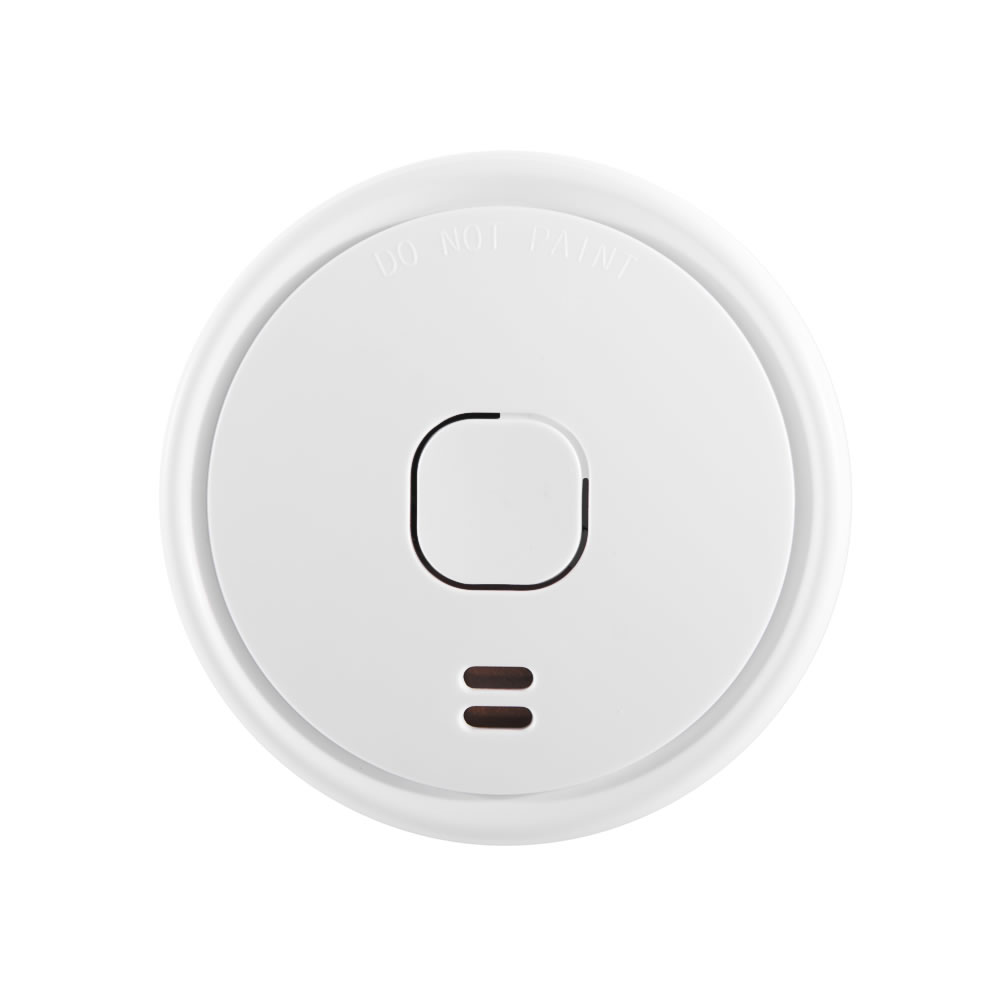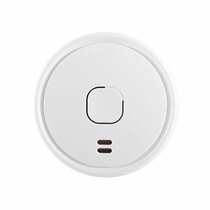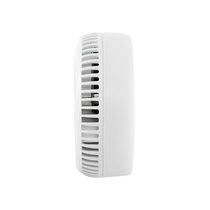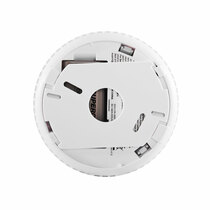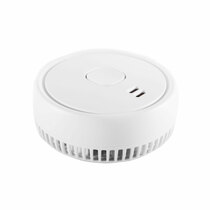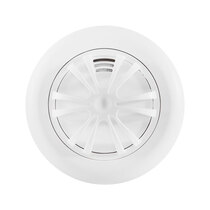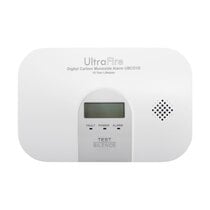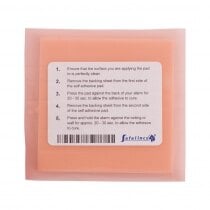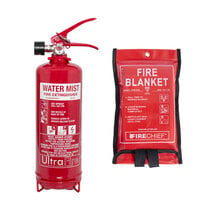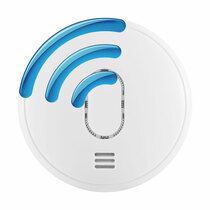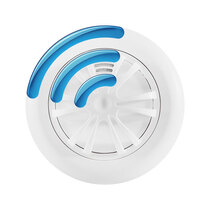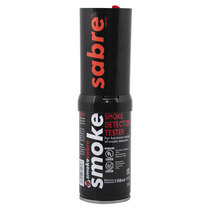-
Contact
Sales & Customer Service
0800 612 6537 support@safelincs.co.uk Live ChatDelivery Enquiries
0800 077 6149 - Resources
Fire & Safety Solutions
CALL OUR TEAM NOW 0800 612 6537
Also FREE from UK mobiles
Quick Delivery
From £3.19 inc VAT
Live Chat - Online
Instant help & Advice
Trade Discounts
and exclusive pricing
0% Credit Available
Open an account now
5 Star Customer Feedback
Battery Optical Smoke Alarm - UltraFire UBS1
Product Overview
Technical Data
The UltraFire UBS1 optical smoke alarm is recommended for use in living rooms, bedrooms and hallways. The high performance optical sensor, also called photoelectric sensor, is designed to detect typical household fires, such as smouldering fires on soft furnishings and carpets. The compact design of this alarm also allows for discrete fitting.
- For living rooms, bedrooms and hallways
- Also for areas leading off a kitchen (not suitable for kitchen or garage)
- Battery: 9V replaceable battery (included)
- Warranty: 10 Year Manufacturer Warranty
- CE marked and certified to BS EN 14604: 2005
- Suitable for installations complying to BS 5839-6: 2019 Grade F2
- Large test / hush button
- Toast proof sensor – less prone to false alarms caused by cooking fumes
| Product Code | UFUBS1 |
|---|---|
| Brand | UltraFire |
| Battery Type | 9V Alkaline |
| Dimensions (HxDia) | 35 x 90mm |
| Operating Temperature | 0°C to +40°C |
| Relative Humidity | up to 93% |
| Sound Output | 85dB |
| Warranty | 10 Years |
| Weight | 0.18kg |
| Product Datasheets |
Pricing & Availability
| Model | Stock | 1 unit | 2+ units | 5+ units |
|---|---|---|---|---|
| Product Code: UFUBS1 |
Stock Level:
More than 20 in stock Expected dispatch: Tomorrow
|
1 unit
£6.42 inc VAT £5.35 ex VAT |
2+ units
£6.10 inc VAT £5.08 ex VAT |
5+ units
£5.92 inc VAT £4.93 ex VAT |
Approved Partner
Delivery Options
The following delivery options are available on this product.
Customer Reviews
32 customers have given this product an overall rating of 4.8 out of 5
Reviews by real customers
All of our product reviews are written by real customers that have purchased this product from us and are published without modification.Rating: 4 / 5 Stars
Reviewed by: S K
Compact and easy to use
Published on: 10th August 2024
Rating: 5 / 5 Stars
Reviewed by: K S
Great and easy to install.
Published on: 24th April 2024
Rating: 5 / 5 Stars
Reviewed by: P H
This is a first class product, reasonably priced, easy to install
Published on: 23rd March 2024
Looking for more information?
If you have any questions or would like more information about this product you can ask one of our specialists.
Live Chat Available Now
Direct Telephone
01507 464181





















